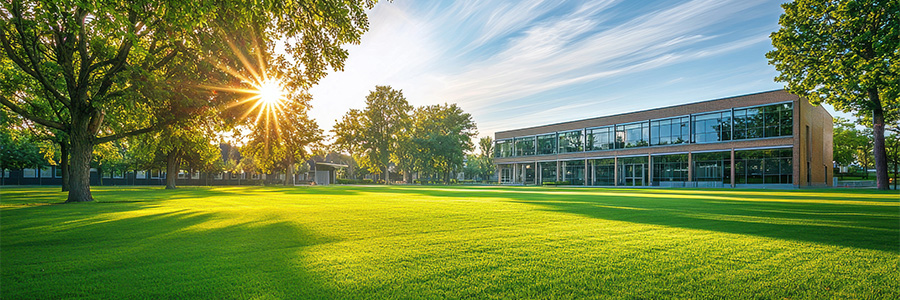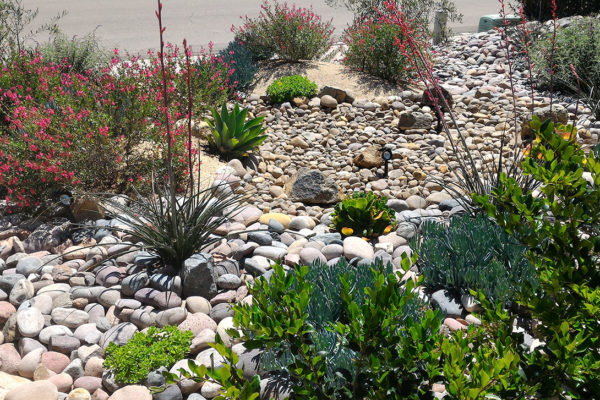
Understanding the Last Mile
The water network doesn’t end with supply and treatment—it hinges on the critical “Last Mile,” where water transitions from centralized infrastructure to end-users. This phase includes the systems and environments that deliver water to homes, communities, irrigation systems, and industrial facilities, tackling challenges like accessibility, efficiency, and sustainability. For instance, the Last Mile could mean the point where an irrigation system uses water to maintain agricultural crops or where residential plumbing delivers clean water for daily use. In underserved peri-urban and rural areas, this stage often involves bridging gaps in access through innovative, localized solutions. Explore this case study on Last Mile water provision to learn more.
This end-use segment is where inefficiencies, waste, and costs converge, making it both the most complex and impactful part of the water network. Despite advancements in upstream processes, the Last Mile remains fraught with obstacles. Infrastructure often operates in areas with unreliable power, and hidden leaks or malfunctions can go unnoticed for years, driving up costs and compounding damage.
Managing the Last Mile effectively is essential for organizations striving to reduce waste, enhance efficiency, and safeguard precious water resources.
Why Focus on the Last Mile?
While energy systems have advanced through decades of automation and monitoring, water systems face unique and complex challenges, often compounded by aging infrastructure. Many water pipes and systems, originally designed with specific lifetime expectations, have exceeded their intended use, leading to frequent leaks, breaks, and inefficiencies. According to a study by the American Society of Civil Engineers, it’s estimated that 33% of water mains in the U.S. and Canada—constituting approximately 770,000 miles—are more than 50 years old. These aging systems contribute significantly to water loss, with an estimated 6 billion gallons of treated water wasted daily in the U.S. due to leaks.
- High stakes: A minor irrigation issue can waste months’ worth of water in just days, while a water line break can cause immediate, widespread damage to infrastructure, inventory, and operations.
- Hidden waste: Underground leaks and out-of-sight malfunctions often go undetected, escalating into costly problems over time. Aging pipes and components exacerbate this issue, as they are more prone to corrosion and failure.
- Limited visibility: Without real-time monitoring tools, site owners must rely on lagging indicators, like monthly water bills, to detect issues—often too late to prevent waste or damage.
By addressing these challenges and modernizing outdated infrastructure, organizations can significantly reduce water waste, protect resources, and mitigate risks. These improvements not only benefit businesses, but also the contribute to the sustainability and resilience of the communities they serve.
The Environmental Imperative
The Last Mile of the water network plays a crucial role in environmental stewardship. As freshwater demand outpaces supply, with a 40% gap predicted by 2030, inefficiencies in this segment amplify the strain on a deeply critical resource.
Water use and carbon emissions are directly connected. Wasteful practices demand more energy for treatment and delivery, increasing greenhouse gas emissions. Efficient water management in the Last Mile allows organizations to conserve water, lower their carbon footprint, and advance their sustainability efforts.
Managing the Last Mile effectively goes beyond reducing waste; it’s a decisive step in protecting vital resources and addressing the impacts of climate change.
Innovative Solutions for the Last Mile
Advanced tools are revolutionizing water management in the Last Mile of the network. HydroPoint’s WeatherTRAK, Baseline, and WaterCompass leverage IoT technology to deliver real-time visibility, automated alerts, and precise irrigation. These systems detect anomalies within hours, enabling organizations to take swift action and minimize water waste.
For example, Baseline optimizes irrigation schedules using soil moisture sensors ensuring efficient water use. WaterCompass monitors water use indoors and outdoors, identifying leaks early to prevent costly damage. Together, these innovations make it easier than ever to address inefficiencies, conserve resources, and improve sustainability in the Last Mile of the water network.
Taking the Next Step
Focusing on the Last Mile is essential for advancing water conservation and efficiency. By partnering with a trusted water management leader like HydroPoint, organizations gain access to the expertise, innovative technology, and ongoing support needed to tackle inefficiencies and reduce waste.
Together, we can turn water challenges into opportunities for sustainability, operational resilience, and lasting savings. The Last Mile matters—and every drop counts.
Get in touch

Blog: Goodbye Non-functional Turf, Hello Sustainable Landscaping
Transitioning from non-functional turf to sustainable landscaping with native, drought-resistant plants can significantly conserve water and enhance environmental resilience.

HydroPoint Named a Top Smart Water Management Solution Provider
HydroPoint earns top recognition for revolutionizing water management with smart solutions, eliminating waste ‘one drop at a time.’

Smart Water Management Helps Leading Retail Company Achieve ESG and Sustainability Goals
Discover how a leading retail company met its ESG sustainability goals by implementing smart water management strategies, resulting in significant water savings and improved efficiency.

